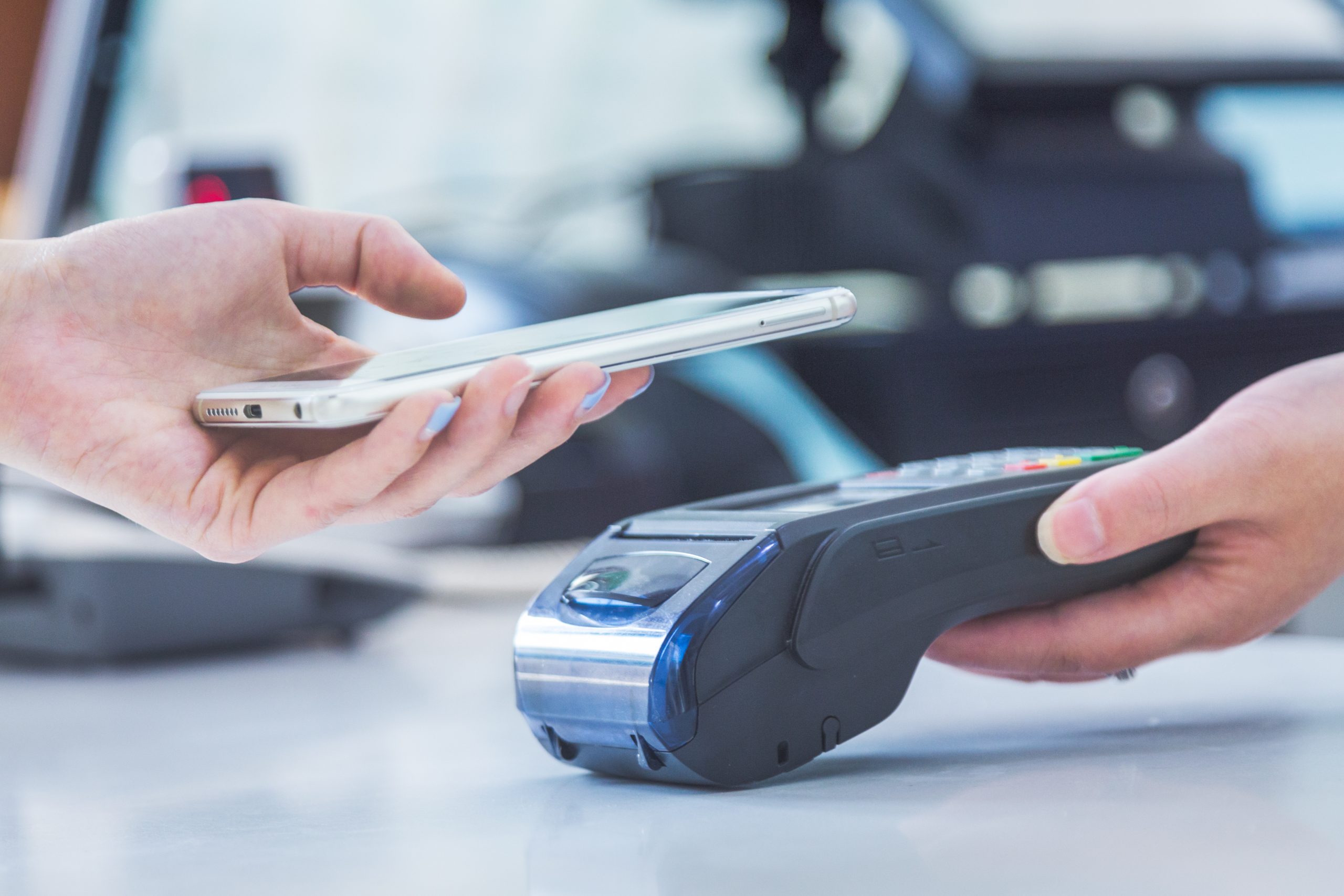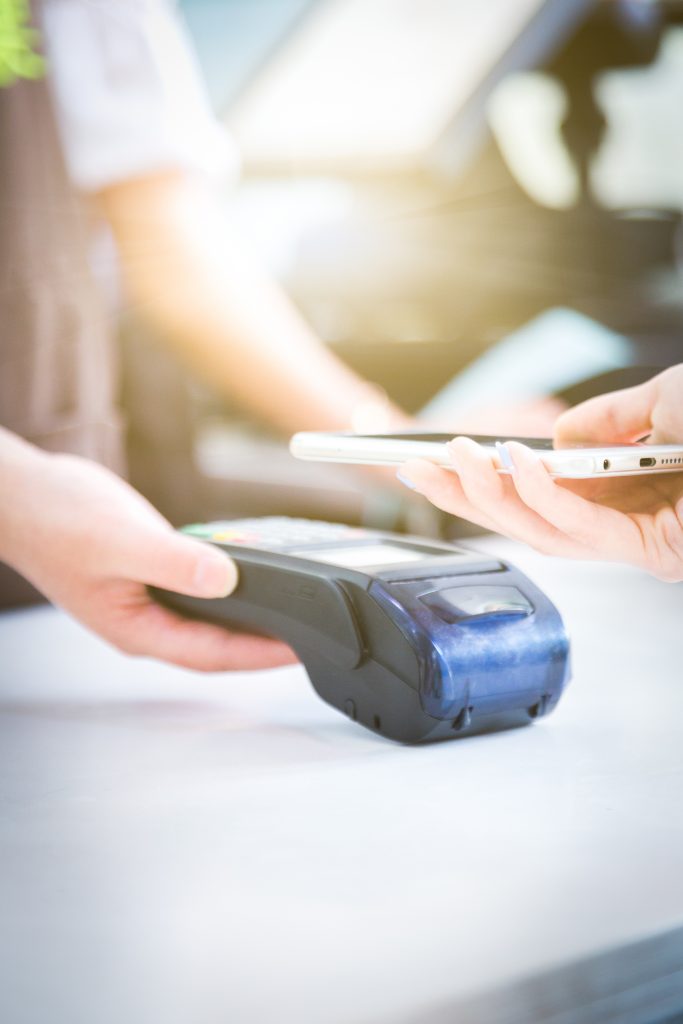With the growing digital payments, is it time for retail to switch to cashless environment?
The answer is yes!
With the growing digital payments and the recent reports of retailers switching to cashless environment, it has become an important question for retailers to make a decision about going cashless or not.
There are many factors that contribute toward making this decision as well as some challenges that need to be considered before jumping into it.
Let’s take a look at some of the factors that will affect your decision making process:
1) Growing number of digital payment methods: Digital payments have been on a rise in the UK market. With more and more people using cards, mobile apps, contactless payments etc., it has become easier for businesses to make the switch.
2) More business requiring card payment only: Some businesses may require customers to pay via card only or may provide discounts if they are paying by card. This is one of the main reasons why many businesses are planning on going cashless.
3) Make it about the economy: According to recent reports, “Cash is expensive.” This means that cash costs money for businesses because banks charge fees when depositing money into bank accounts and withdrawing

Are Cashless Shops The Latest Retail Trend In The U.K.?
Imagine a world where cash ceases to exist. No more crumpled banknotes in your wallet, no more waiting in line at the ATM, and no more loose change scattered around your house. While it may seem like a distant concept, the rise of cashless shops and societies suggests that this reality may be closer than we think. The idea of a cashless society, where transactions are conducted without physical currency, is not entirely new. Throughout history, cash has entered and exited the spotlight on numerous occasions. In this blog post, we delve into the global phenomenon of rapidly embracing cashless shops, exploring the potential impact on our daily lives. We’ll examine whether the advantages and concerns associated with this fundamental shift are evenly balanced.
A Closer Look at the U.K.’s Fast Adoption
In the wake of the global pandemic, the world witnessed a significant surge in the adoption of electronic payment methods, driven by the need to curb the spread of the virus. Technologies such as online banking, contactless payments, and instant payment devices became essential tools in facilitating safe and hygienic transactions, leading to the rise of cashless shops that are here to stay.
Even before the pandemic hit, cash was steadily losing its prominence in the U.K. In 2019, cash transactions accounted for a mere 23% of all payments in the country. As we look ahead, experts predict a staggering 12.8% growth in digital financial transactions and a remarkable 22% increase in mobile point-of-sale (POS) payments each year. These numbers clearly indicate that British society is swiftly adapting to this new payment trend, with more and more individuals embracing the convenience of e-payments.
The reasons behind this rapid adoption are multifaceted. Firstly, electronic payment methods offer unparalleled convenience and speed. With just a few taps on a smartphone or a quick wave of a contactless card, transactions can be completed within seconds, eliminating the need for fumbling with cash or waiting for change. This streamlined process not only enhances the overall shopping experience but also saves valuable time for both consumers and businesses.
Furthermore, the widespread availability and accessibility of smartphones and other smart devices have played a crucial role in driving the transition to cashless payments. With the majority of the population carrying these devices, the barriers to entry for digital transactions are significantly lowered, making it easier for people to adopt and use electronic payment platforms.
The shift towards cashless payments is not without its challenges, however. One major concern is the potential exclusion of those who are unbanked or lack access to digital payment infrastructure. While the overall percentage of cash transactions may be decreasing, it is crucial to ensure that marginalized groups are not left behind in this transition. Efforts must be made to bridge the digital divide and provide accessible alternatives for those who rely on cash as their primary means of conducting transactions.
Moreover, as society becomes increasingly dependent on electronic payment systems, cybersecurity and data protection become paramount. Safeguarding personal and financial information against cyber threats is a pressing issue that demands continuous innovation and investment in robust security measures.
The Pros and Cons of Embracing Cashless Shops
The rise of cashless shops brings with it both advantages and disadvantages, driven by changes in consumer behaviour and the pervasive influence of new technology. Let’s delve deeper into the key considerations surrounding this transformative shift.
Hygiene: One of the significant benefits of cashless transactions is improved hygiene. Physical cash has long been identified as a potential carrier of infections, and even pin pads can harbour germs. By embracing contactless transactions and cashless shops, we can mitigate these risks and prioritize public health.
Financial Crime: The adoption of digital financial transactions has the potential to reduce financial crimes such as money laundering, robbery, theft, and the circulation of counterfeit notes. The traceability of digital transactions makes it more difficult for criminals to conceal illicit funds. However, it’s important to recognise that cybercrime and data breaches remain global concerns. Protecting financial assets and personal data from scammers and hackers must be a top priority for businesses and consumers alike.
Budgeting: The advent of cashless transactions offers individuals the advantage of easier monitoring and tracking of their spending. With digital records of monetary transactions, it becomes simpler to analyse and manage personal finances. However, it’s worth noting that the convenience of cashless shops can also make it easier to spend money without the tangible awareness of physical currency leaving one’s possession.
Travel: In a world increasingly reliant on contactless payments, travel becomes more convenient, cost-effective, and secure. Cashless shops eliminate the need for currency exchange and associated fees when visiting different countries. Instead, the emergence of multi-currency apps streamlines the process, ensuring hassle-free transactions while traveling.
Non-Inclusion: While the younger generation has readily embraced contactless payment methods, transitioning to a 100% cashless society could have adverse consequences for the poor and elderly segments of the population. Many individuals, particularly the financially vulnerable, do not have access to online banking services or prefer managing their money through traditional local branches. Exclusivity concerns must be addressed to ensure that everyone can participate fully in the evolving financial landscape.
As we weigh up the pros and cons of cashless shops, it is crucial to strike a balance that prioritises public health, financial security, and inclusivity. Embracing technology while addressing the challenges it presents will pave the way for a future where cashless transactions are both convenient and equitable for all.

V’s

